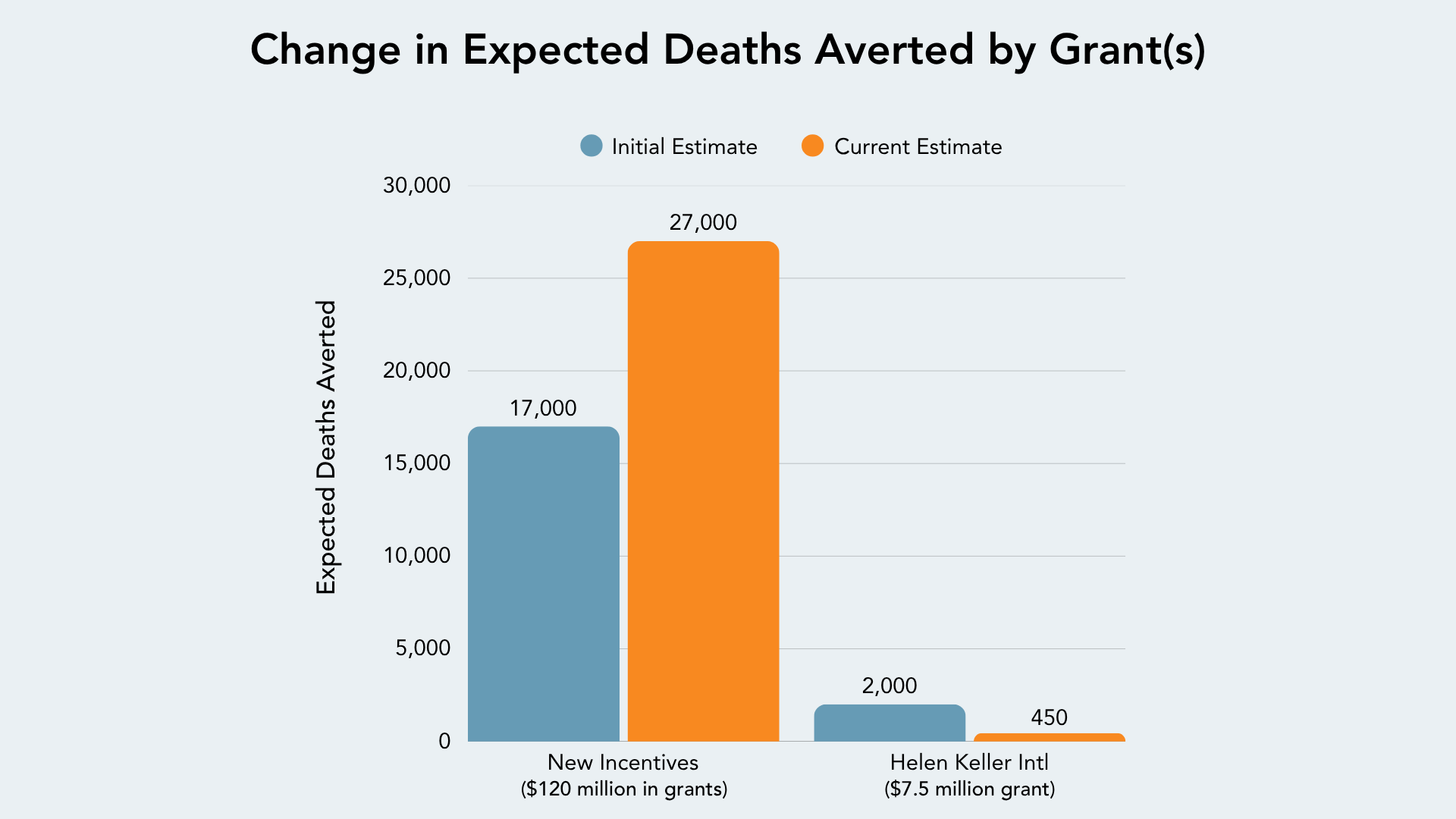Malaria is the cause area where GiveWell has directed the most funding over our 18-year history. We’ve recommended over $1 billion to malaria programs, which we estimate will avert over 200,000 deaths, mostly in young children, through support for programs like Against Malaria Foundation’s insecticide-treated nets and Malaria Consortium’s seasonal malaria chemoprevention.
Despite significant progress against malaria in the past 25 years (reducing annual deaths from 900,000 to 600,000), malaria is still a leading cause of death globally for children under five. The current status of malaria prevention—and all the progress that’s been made—is now in a precarious position. Significant reductions in funding from key donors like the US President’s Malaria Initiative and the Global Fund are anticipated and threaten to create substantial new gaps in life-saving malaria programs.
In this episode, GiveWell CEO and co-founder Elie Hassenfeld speaks with Program Officer Alex Bowles and Senior Researcher Rosie Bettle about the impacts these funding cuts could have. They offer a timely look at the uncertainty of the funding landscape, the life-saving malaria programs that are most at risk, and how GiveWell is leveraging its expertise to respond to emerging needs.

